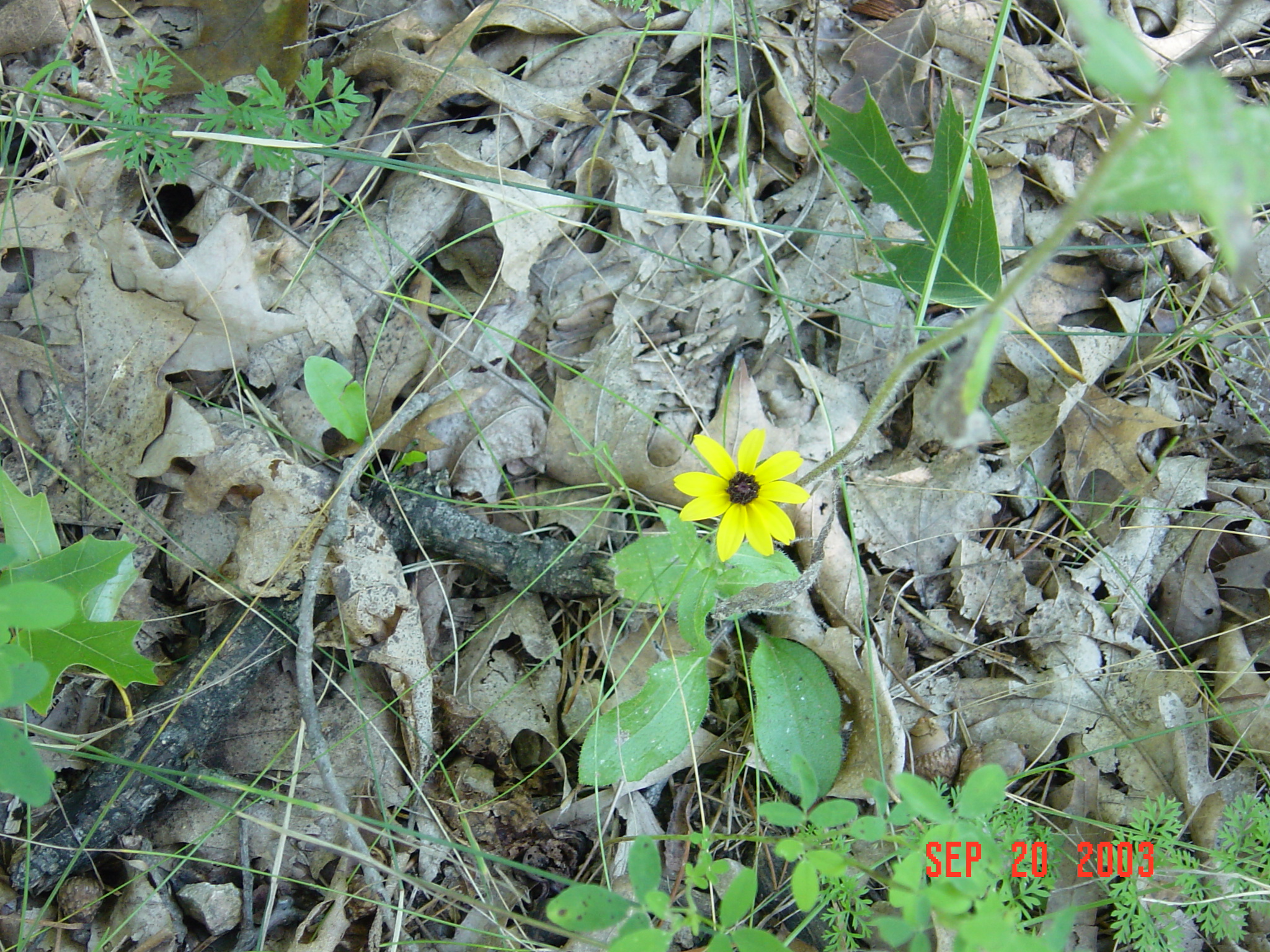Nutrition
To obtain food, Guppya sterkii uses a relatively
small radula (Hubricht, 1985).
A radula is a short rasping tongue that contains many rows of
tiny chitinous teeth that are positioned backwards (Hickman
et al. 2009). It allows them to scrape, pierce, tear,
or cut their food (Hickman et al. 2009).
This structure is present in all terrestrial snails along with
most other mollusks (Hickman et al.
2009).
Many terrestrial snails are herbivorous and eat things like grass, herbs, algae, fungi, and seaweed (Carnegie Museum of Natural History, 2011). Additionally, they eat things like leaves, steam, wood or bark, and fungal fruiting bodies like mushrooms (Carnegie Museum of Natural History, 2011). It has been shown that they will feed on most plant material that is available but they prefer the dead plant material (Williamson, 1976).
It is also important for snails to have calcium in their diet (Carnegie Museum of Natural History, 2011). This allows them to help them grow their very important shells (Williamson, 1976). Most terrestrial snails have developed a few adaptations to help them obtain this important mineral.